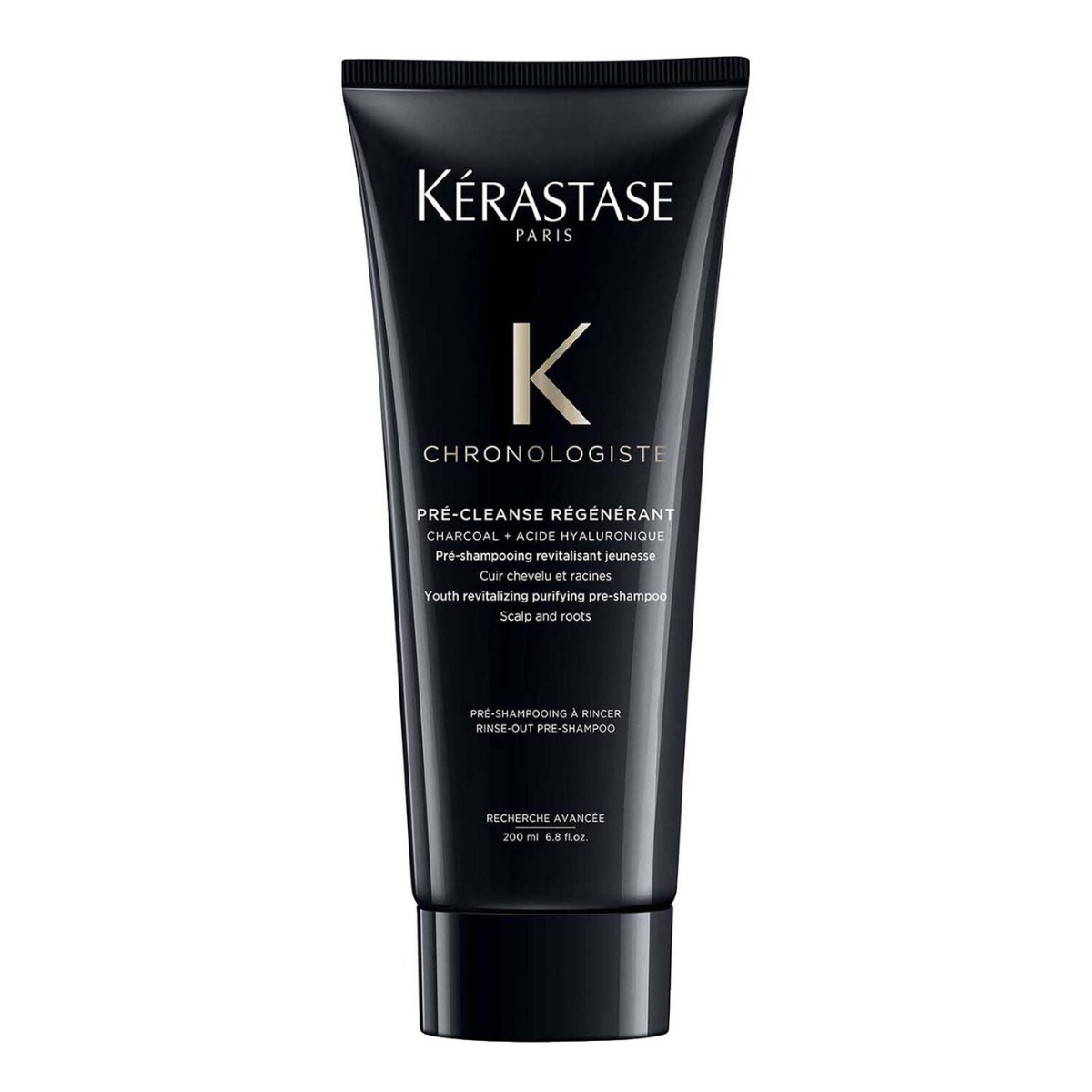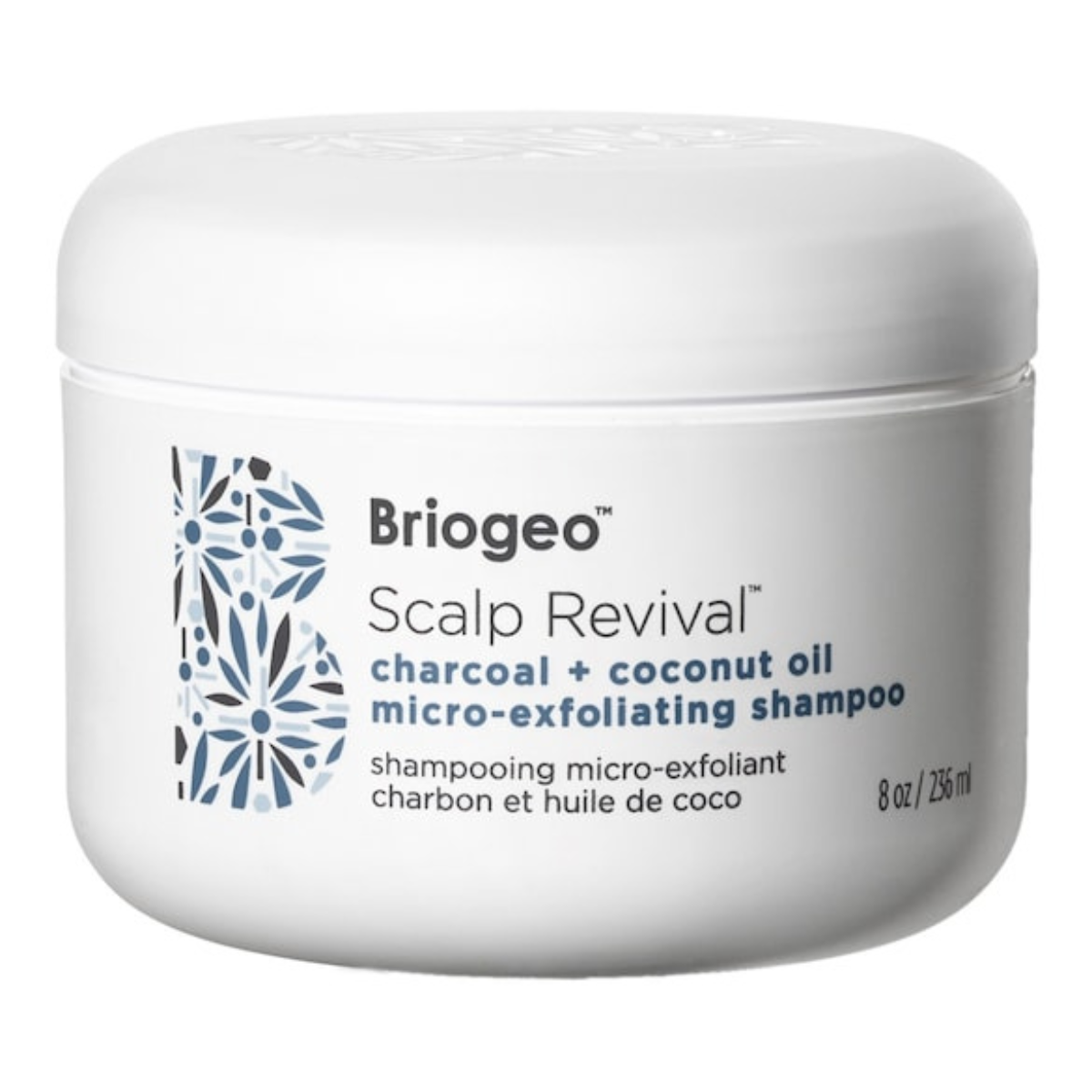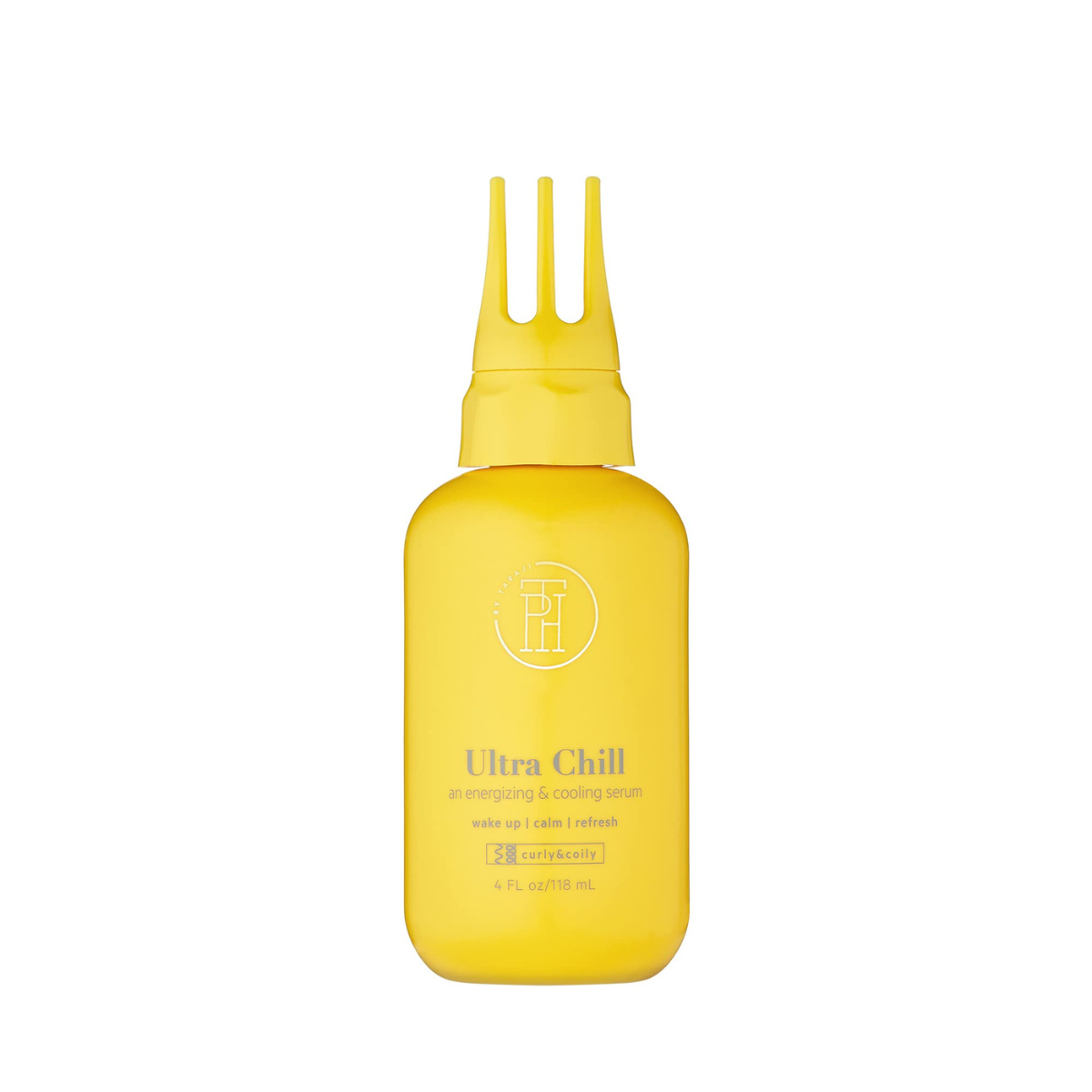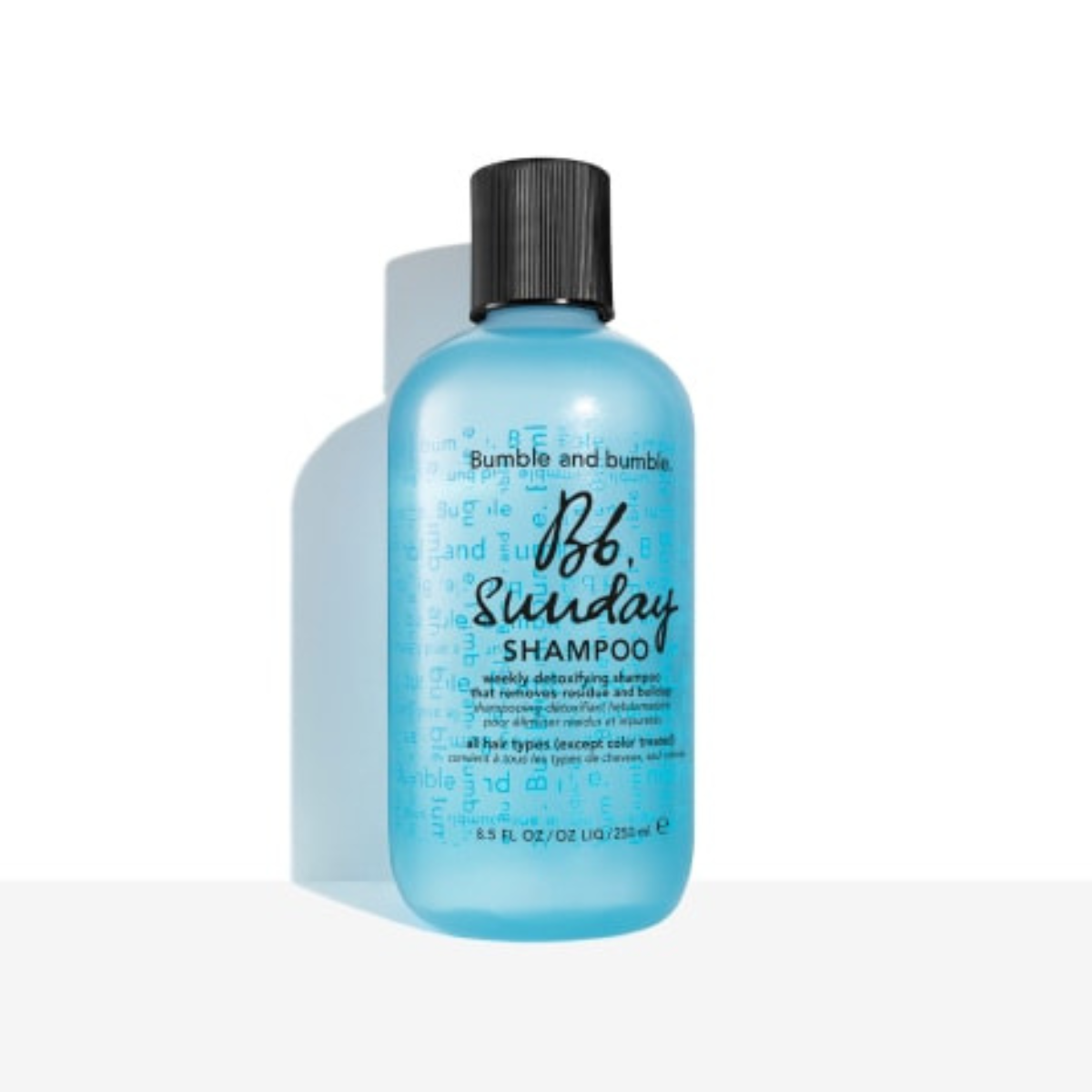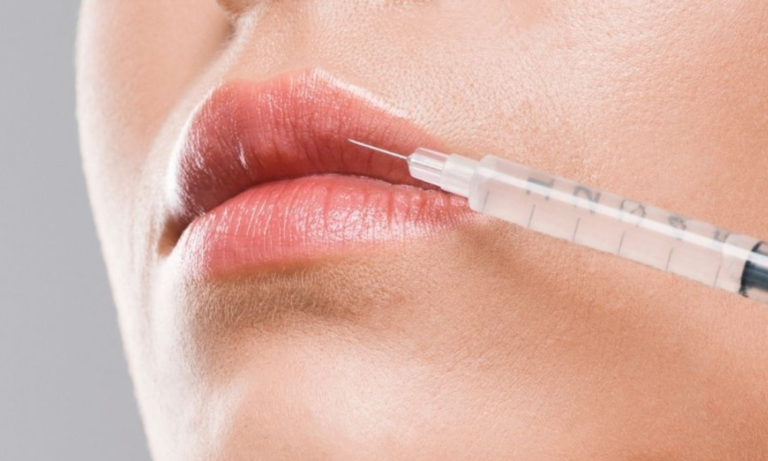There is a common misconception that dandruff is the same as a dry scalp, but the two conditions are actually quite different. Dandruff is caused by increased oil production and yeast overgrowth on the scalp. Therefore, oily scalps tend to develop dandruff more often than dry ones.
Malassezia is a yeast that often appears on the skin. The bacteria feeds on sebum, which is why it thrives in oily areas, causing dandruff. Typically, dandruff appears as white scales or plaques on the scalp, but it can progress to seborrheic dermatitis. It manifests as yellow, greasy scales along with redness, itching, and irritation on your face, chest, and back, similar to fungal acne on your face, chest, and back. Dandruff can also be exacerbated by build-up-causing styling products, stress, infrequent (or too much) shampooing, overproduction of sweat, and living in moist, humid, and warm environments.
The good news is that there are ways to manage dandruff outside of topical corticosteroids prescribed by your dermatologist – that is, over the counter (otc) shampoo ingredients. Selenium sulfide, pyrithione zinc, ketoconazole, coal tar, and tea tree oil are among the antifungal (and some antimicrobial) ingredients that can reduce Malassezia, inhibit fungus growth, and calm an irritated, inflamed, and itchy scalp. Skin sensitive to zinc pyrithione formulations are especially gentle and effective.
As a powerful exfoliant ingredient, salicylic acid is useful and powerful for washing away flakiness. The use of this ingredient in conjunction with other dandruff-specific treatments is known to reduce scaling. It’s time to address your flaking concerns now that you know what dandruff is all about.
ALSO READ: BURO. BEAUTY BUYS THIS MONTH.

